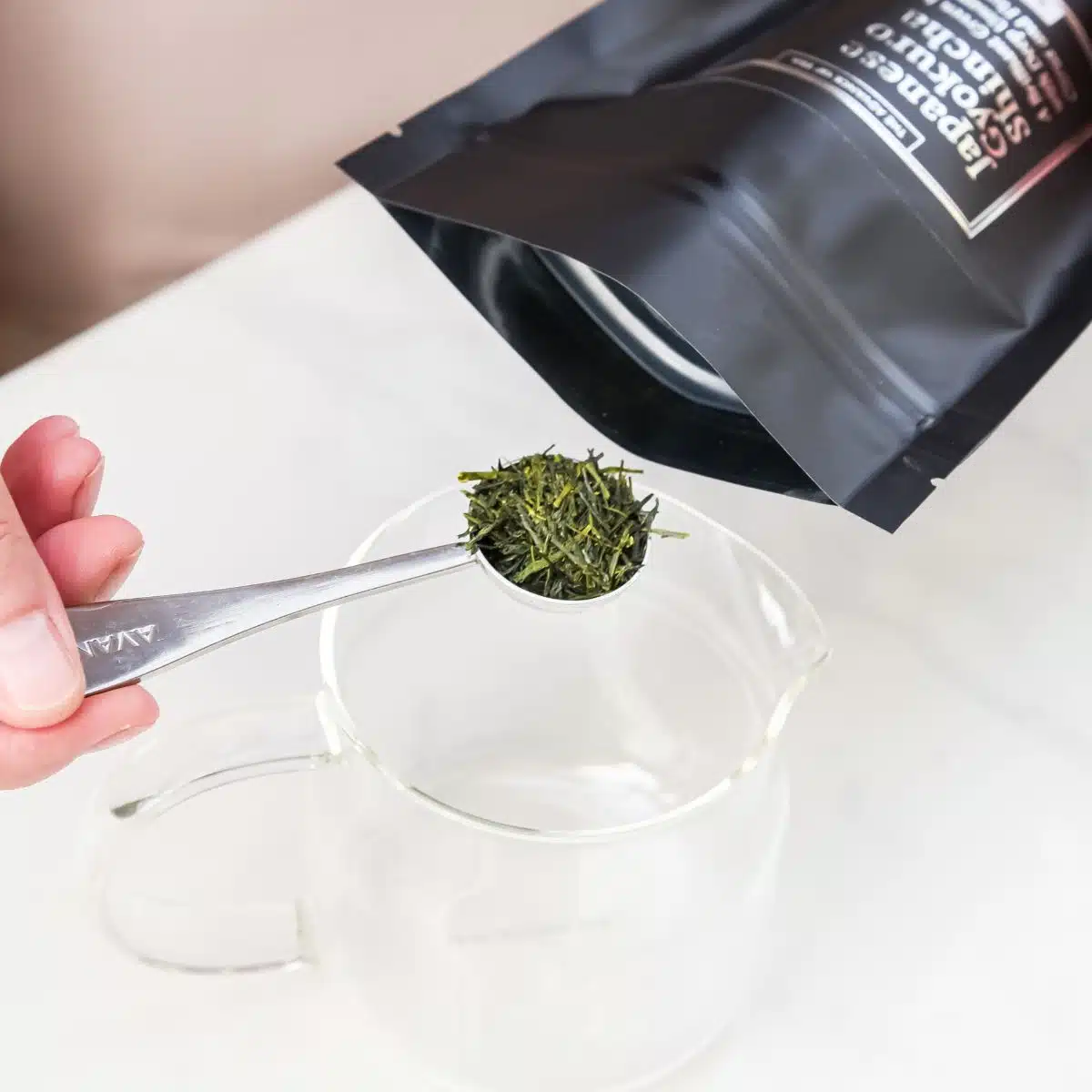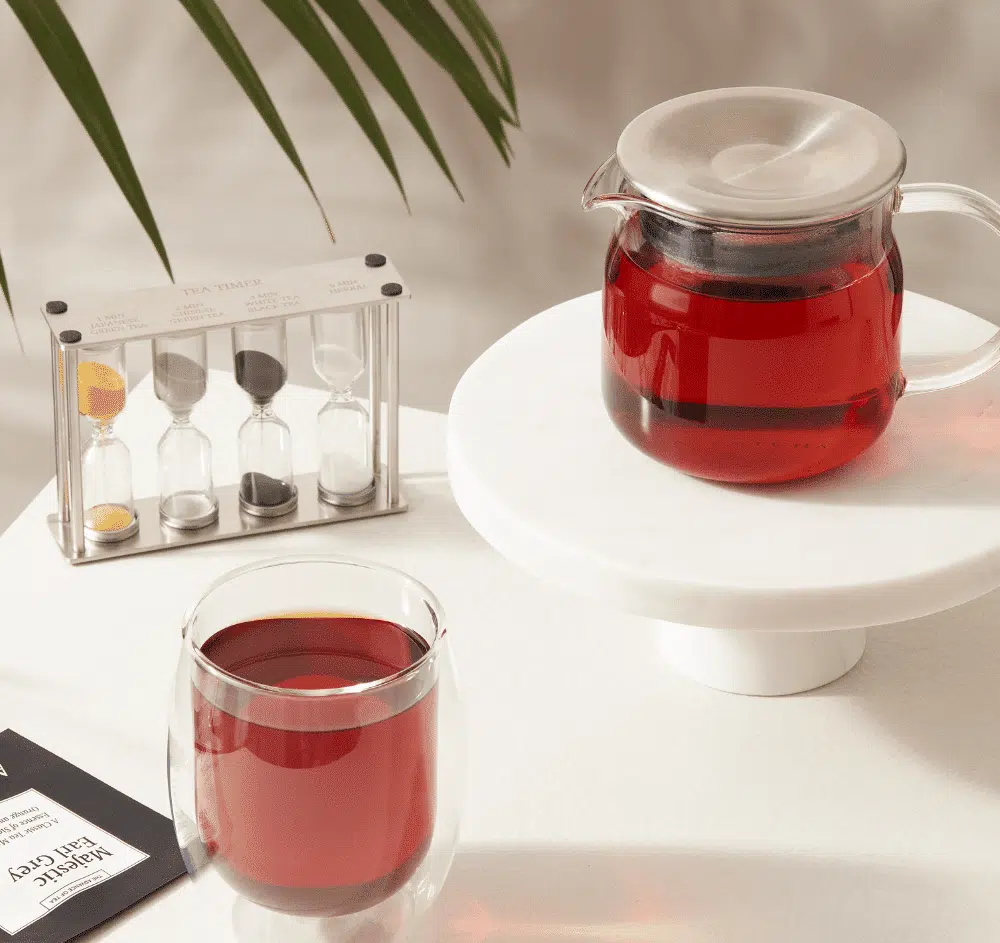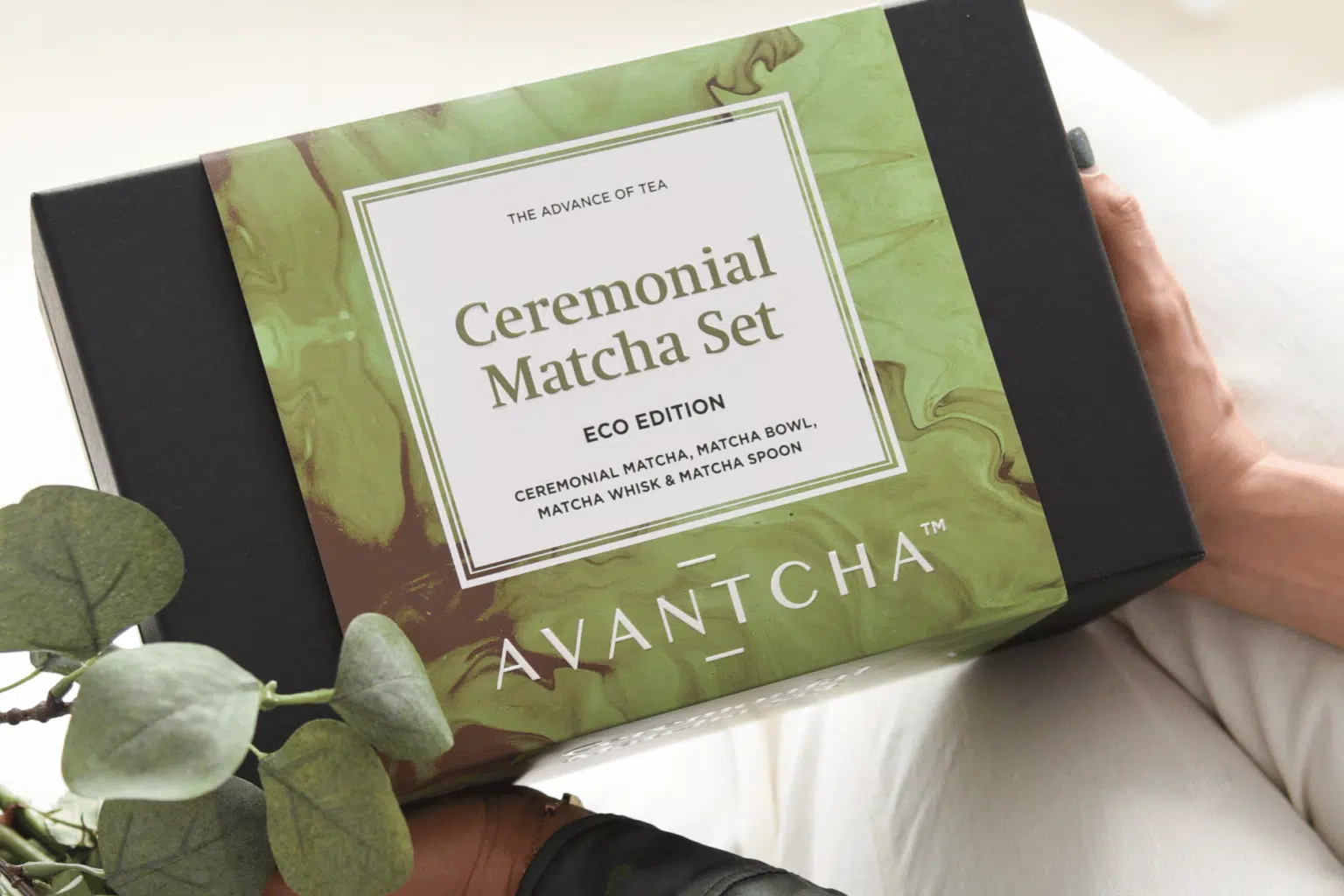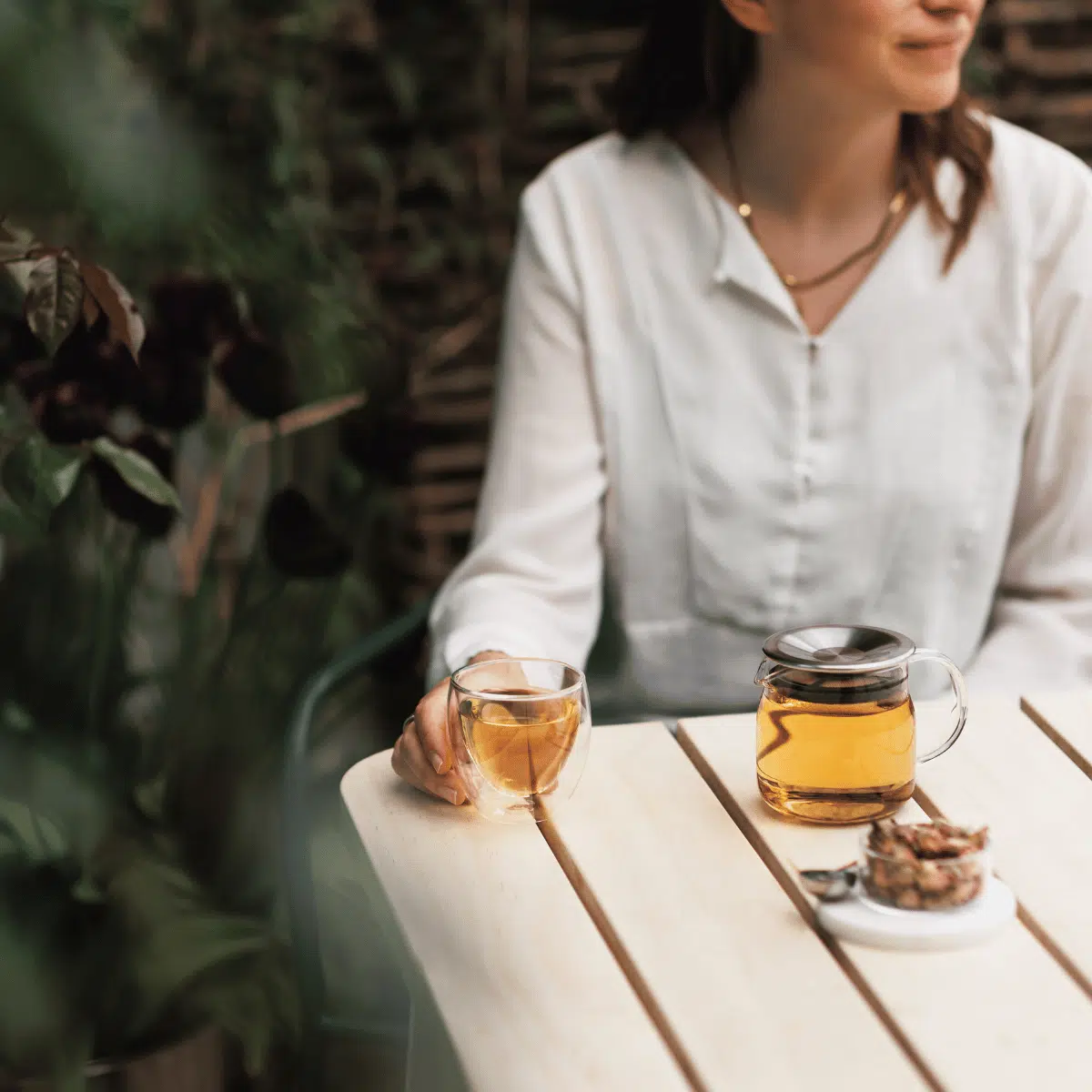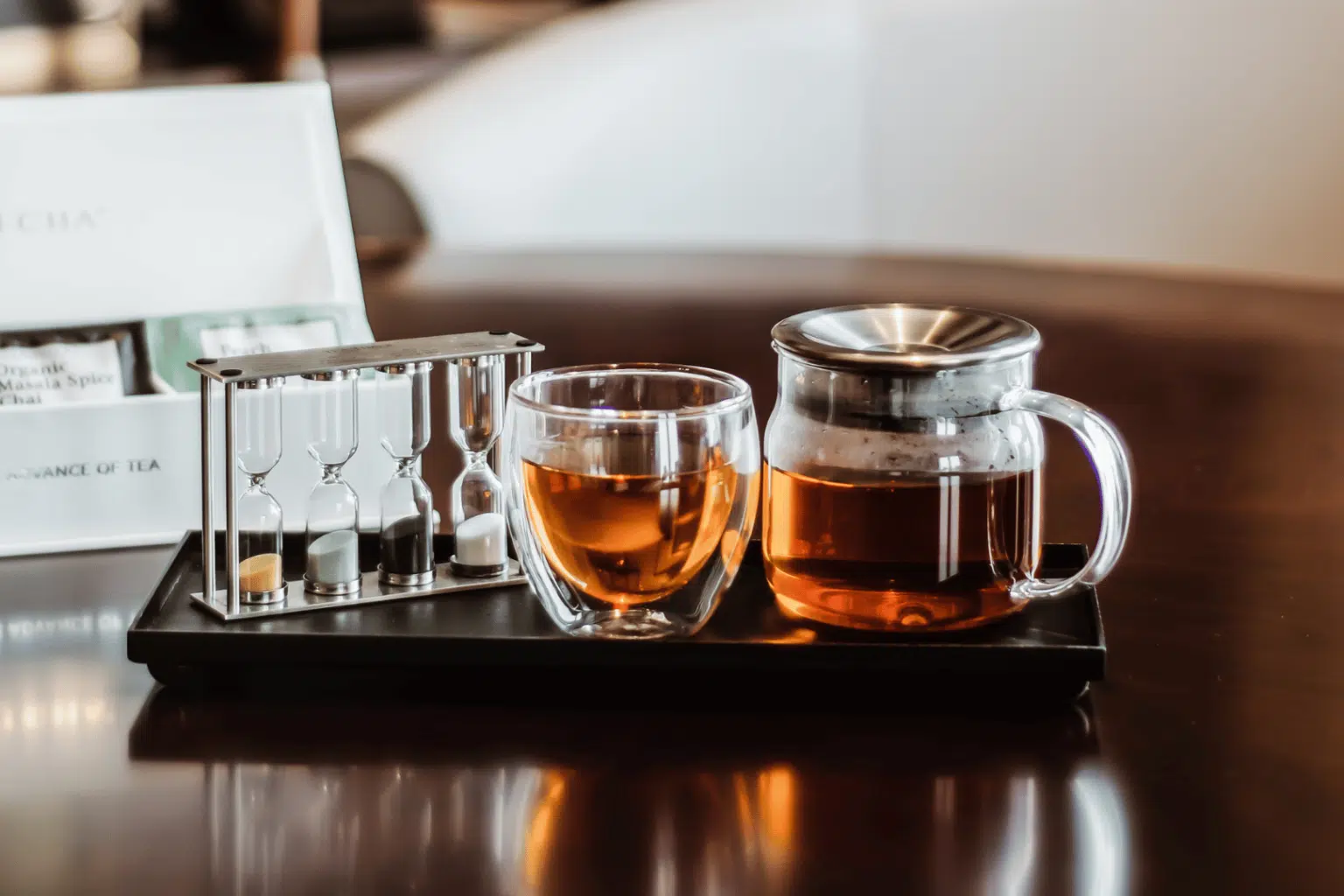Pu Erh Tea Guide
Great news! We’ve not one but two new Pu Erh Teas to offer you. First, let’s cover the basics of in this Pu Erh Tea Guide in case you’re entirely new to the category and curious to know more.
Pu Erh Tea is a tea type that flies under the radar alongside the popularity of green and black teas. All tea, however, comes from the same plant – the Camellia Sinensis – and yet there are multiple factors, from cultivar to production, that mean there are hundreds and thousands of different teas to choose from out there. Faced with seemingly infinite choice, it is no wonder many tea drinkers may only get so far as exploring one or two known categories. This is a pity since Pu Erh is such a unique tea type, its intricacies compared to that of fine wine, and one that is steeped in history reaching back millennia.
Pu Erh took its name from the town within which it was originally traded in Yunnan, China. It is here that all the neighbouring tea farmers would bring their Pu Erh from all over the province, pressed into cakes and bricks, to be transported to the rest of China and Asia by horse caravan. Thousands of years on, Pu Erh has been designated as a protected origin since 2003, meaning that only teas from Yunnan may be called as such.
Pu Erh Tea is made from the large leaf varietal ‘Assamica’ which is native to Yunnan (arguably the birth place and home of tea) and grown on almost wild, ancient trees. There is much that goes into the masterful processing of Pu Erh that determines its final flavour profile, and it is the only tea type that is fermented and aged. This ‘ageing’ is where the comparison to wine comes in, as vintage Pu Erh only improves over time, much of the very best of it never leaving China, for it is so highly prized.
While we could write about Pu Erh almost endlessly, what we really want to convey is just how exciting Pu Erh is. This is why we’re so pleased to have two new Pu Erh Teas at AVANTCHA, with more to come in the near future.
When selecting these teas, we really wanted to convey the breadth of flavour that can be found within Pu Erh and so if you’re feeling bold enough to try both, you’ll discover deliciously marked differences and, hopefully, find a new Pu Erh to enjoy regularly.

AVANTCHA Organic Pu Erh Cake
A large disc of authentic, ripe 100% Organic Pu Erh Cake that produces a deep red brick-coloured infusion. Light and balanced, this organic Pu Erh presents spicy, fragrant wood and floral aromas (quite camphor-like) with a honeyed taste of ripe pears. The finishing note is dry and lingering. Picked from trees grown in the wilds of Yunnan, surrounded by original villages, the leaves are aged for at least a year before being steamed and pressed to this classic ‘Bing Cha’ disc form and wrapped in beautiful paper. This tea is ideal for lingering over, shared with friends, enjoying multiple infusions that evolve with each brew.

AVANTCHA Ripe Pu Erh Pearls
These skilfully hand-rolled Ripe Pu erh Pearls from Menghai in South Yunnan produce a deep, rich brown infusion. Delicate and mellow, this Pu Erh presents the aroma of sticky plums, nutmeg spice and bark. The flavour is soothing and earthy, getting sweeter with each infusion. Grown at an elevation of 1200m above sea-level and picked from century-old trees, this tea has matured for a decade. Rolled into tight pearls, this is a Pu Erh you can take with you wherever you go and savour all to yourself.
PU ERH TEA GUIDE : FAQS
What is Pu Erh?
There are six ‘types’ of tea: white, yellow, green, oolong, black and pu erh. What adds nuance to a flavour profile as a tea moves from the lighter end of the scale to the darker, is a combination of terroir, processing and oxidisation. Owing to the latter, a white tea is usually very delicate (as it is barely oxidised at all) while a black tea will often be rich in flavour because it has been fully oxidised. Any tea type between white and black (green, light oolong, dark oolong) moves along the scale of oxidation accordingly. Pu erh, however, is quite like a tea category on its own.
Why is Pu Erh different from the other types?
This is because Pu Erh, uniquely, is fermented – it is the only tea type whose processing involves maturation,much like a fine wine. A good quality Pu erh Tea cake that is over fifty years old can command quite the price! Another unique fact about Pu Erh is that the most authentic, best Pu Erh is grown exclusively in the subtropical Yunnan province, picked from ancient, wild trees that produce a single, native cultivar known as ‘Assamica’ – a large leaf type of Camellia Sinensis.
How is Pu Erh Tea processed?
Pu Erh Tea is made in the spring and the autumn when conditions are at their best. There are two types of Pu Erh Tea: 1) Naturally fermented Pu erh Tea (also known as raw Pu Erh), 2) Purposely fermented Pu erh Tea (also known as ripe or cooked Pu Erh).
To make Pu Erh, a tea master will follow the process of:
1) Picking
2) Natural withering
3) Hand firing (usually in a hot wok) to kill enzymes in the leaf
4) Hand rolling of the leaf to create shape and to squeeze moisture to the leaf surface
5) Sun drying of the rolled leaves
For raw Pu Erh, the leaves will be left for up to a year to age before being steamed so that they can be masterfully manipulated and compressed into cakes. Ripe Pu Erh, however, sees the leaves being taken into a highly humid space, moistened and piled up to create warmth and speed up the fermentation process, which can last for up to 90 days.
What are the health benefits of Pu Erh?
Pu Erh Tea is hailed as having wonderful health benefits, the best of which you can gain by enjoying one to two cups a day – particularly after a meal to aid digestion, or for the late afternoon to keep everything moving, as Pu Erh acts as a gentle, natural laxative. It is said that Pu Erh can help support weight loss by helping to decrease fat accumulation, as well as adding healthy bacteria to your gut owing to its fermented nature. There is also a feeling that lovers of Pu Erh describe, of being incredibly soothed by this unique tea.
How much caffeine is in Pu erh Tea?
Pinpointing the amount of caffeine within a tea is not a simple act owing to a great amount of variables such as cultivar, the age of the leaf, how it is processed and more. It should be noted therefore that all teas contain caffeine. Generally speaking though, ripe or cooked Pu Erh will contain slightly higher levels of caffeine than other teas owing to the fermentation process.
How should I serve Pu erh Tea?
However you like! That said, if you are a newcomer to Pu Erh, simply follow the simple instructions given on each Avantcha product. As you become more confident, try to experiment with the amount of tea, water and infusion time to really find the right balance for you.
How should I store Pu Erh Tea?
The enemies of tea are light, air and moisture, so it is best to store all tea in an airtight container in a dark, cool place.
How best to pair Pu erh Tea?
On the whole, the earthy flavours of Pu Erh Tea are best enjoyed alongside flavours like coffee or chocolate, but also rich, heavy meals such as meat broths with noodles, or creamy mushroom dishes.
Is Pu Erh Tea versatile?
Yes! Very. It can be enjoyed in enhancing the flavour of whiskies by infusing the leaf with the spirit for at least four hours at ambient temperature, or can work beautifully when ground into a powder and added to a chocolate ganache. In China, Pu Erh Tea infusions are often enjoyed with chrysanthemum flowers, wolfberry or goji berries, or stirred through with milk, honey and spices.
Read our Versatility of Tea journal to really find out more about how to experiment with tea.


